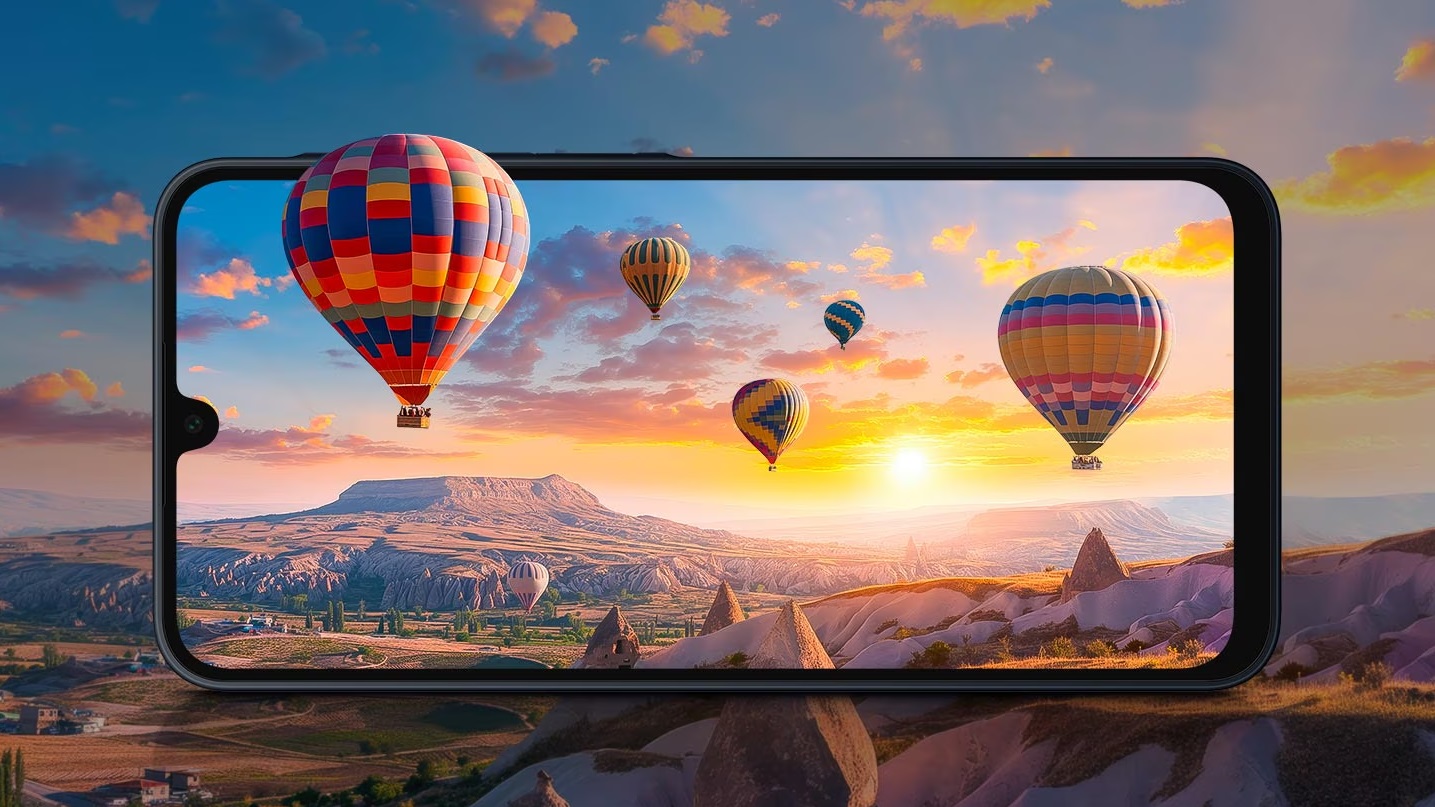

News Weekly is our column where we highlight and summarize some of the week's top stories so you can catch up on the latest tech news.
This is Android Central's News Weekly, your go-to source for a concise roundup of the week's most significant tech stories. This is where we delve into the top headlines that provide the latest developments and innovations contributing to the digital landscape.
This week, we look at a massive OnePlus 13R leak that reveals the original renders of the device, Samsung announcing two new devices for the U.S. market, the Meta Quest gets a glitchy update, a court blocks net neutrality rules, and Nest speakers were acting up without responding to basic commands.
Official OnePlus 13R renders leak
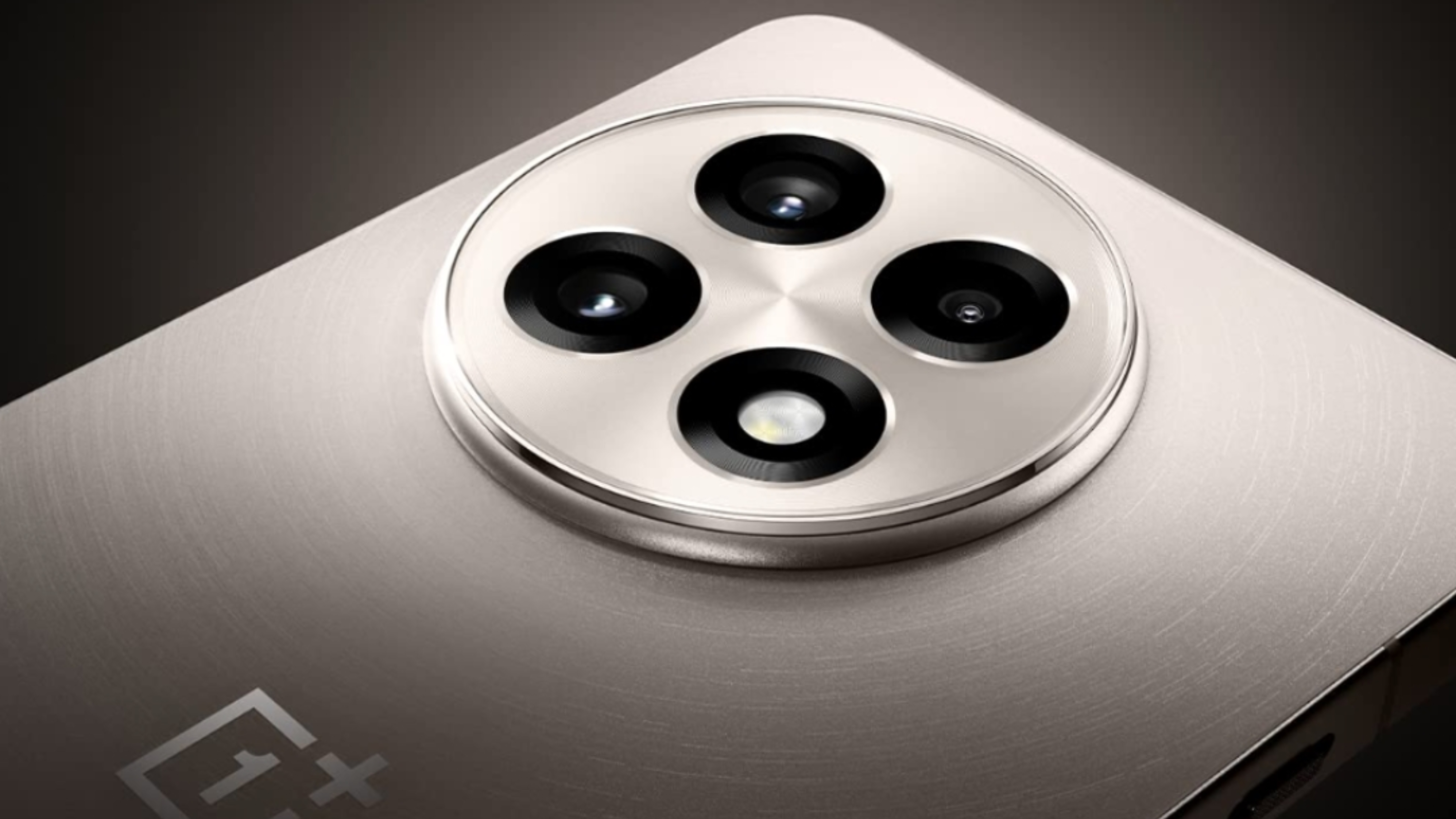
Read more here.
Just a few days shy of the official OnePlus 13R launch, leaked pictures and colors of what could officially be the actual device have been doing the rounds on X.
OnePlus 13R's official launch is set for Jan. 7 alongside the OnePlus 13, and the images shared by Arsène Lupin show what looks like two OnePlus 13R colorways (via GSMArena) that look like versions of silver and space gray. The images posted by the tipster show that the phone will have a flat back panel and curved screens.
For the past few weeks, the company has been teasing the new device online, with a zoomed image of the OnePlus 13R's camera bump and rear chassis. OnePlus also confirmed that the OnePlus 13R will feature a thin form factor and a 6,000mAh battery. Additionally, an early Amazon listing revealed it'll be powered by the Snapdragon 8 Gen 3 chipset.
Whether or not these renders are legitimate is something we'll have to look out for when we tune into the launch event, although it seems likely given how closely it resembles its flagship counterpart.
Two new Samsung devices are on their way to the U.S.
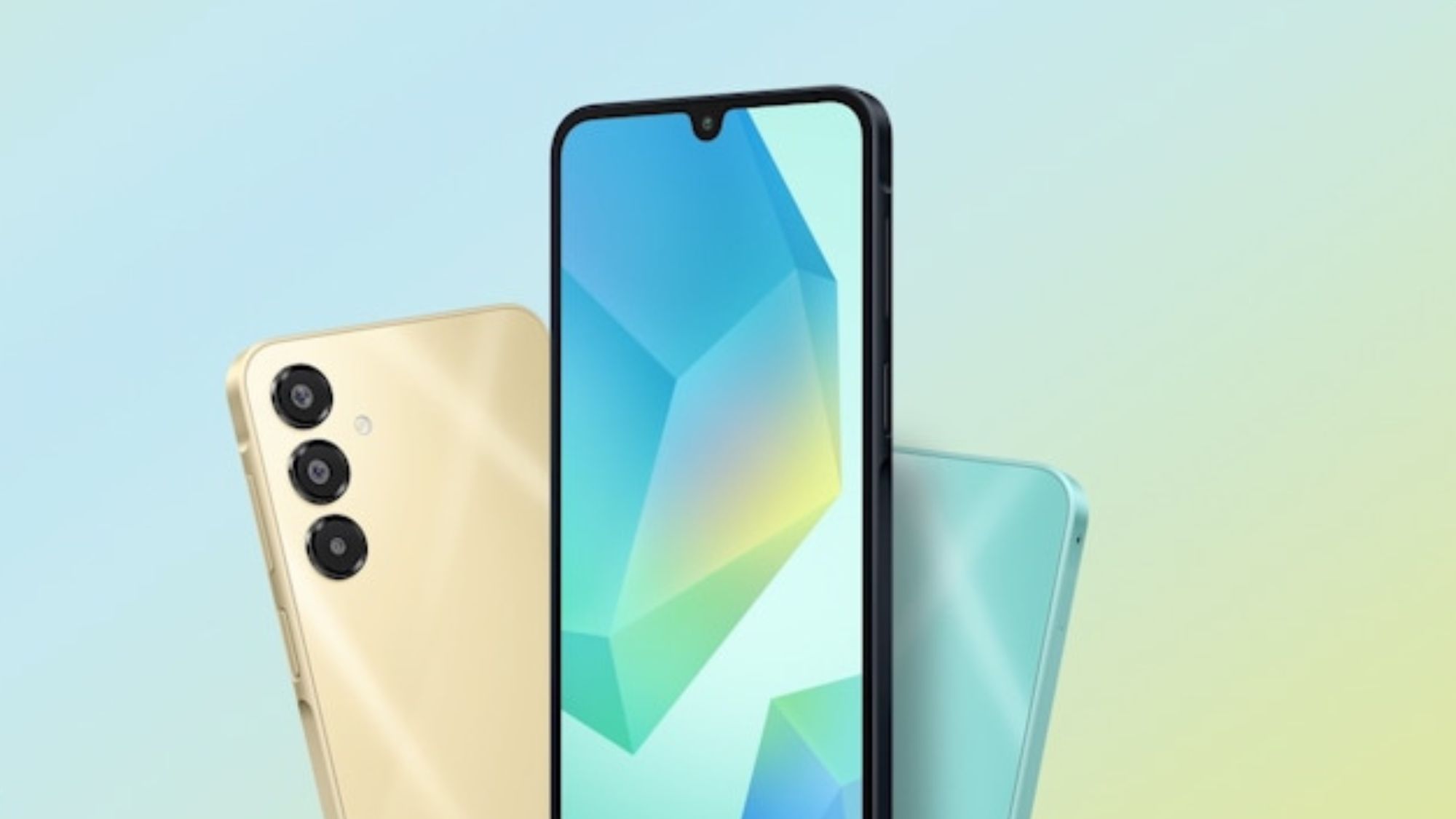
Read more about the Galaxy A16 5G and Galaxy Fit 3.
Samsung announced on Thursday that it will be bringing the Samsung Galaxy A16 5G and the Samsung Galaxy Fit 3 to the U.S. on January 9.
The budget-friendly Galaxy A16 5G will come with a 6.7″ FHD+ Super AMOLED display with a 90Hz refresh rate and 800 nits of brightness. The device features Samsung's homegrown Exynos 1330 chip, which will support six generations of One UI and Android OS upgrades. The phone comes with three cameras: a 50MP main sensor, 5MP ultrawide, and a 2MP macro lens on the rear. Additionally, the Galaxy A16 5G ships with a 5,000mAh battery and 25W fast charging support.
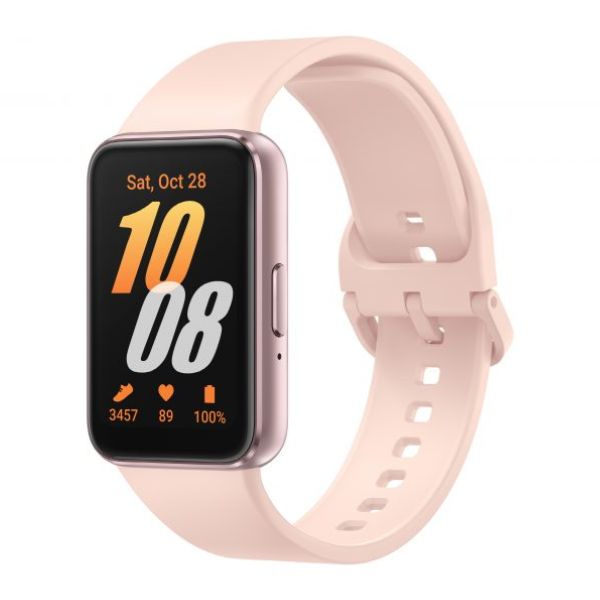
As for the Samsung Galaxy Fit 3, the fitness tracker that was originally launched in Europe, Asia, and Central and South America early last year has now finally made its way to the U.S., despite Samsung saying it had no plans to launch the device in the region. The device will measure health parameters like heart rate, stress, blood oxygen, snoring, and sleep quality. Key features include a 1.6-inch display, IP68 resistance, workout detection, fall detection, and emergency SOS. The watch device comes in three colorways: Gray, Pink Gold, and Silver. It will have over a hundred preset watch faces and sports modes.
The Galaxy A16 5G costs $199, while the Galaxy Fit 3 is said to cost an affordable rate of $59.99. Both the budget smartphone and fitness tracker will be available at retailers nationwide.
Meta drops the ball on the new Quest update

Read more here.
Many Meta users were left disappointed after a recent update on their devices backfired during the holidays. The Meta Quest v72 update appears to have rendered some Meta Quest 2, Meta Quest 3, and Meta Quest 3S headsets unusable after it failed to install.
Several users took to Reddit and other forums to talk about how their headsets show a black screen with the error "Your device is corrupt. It can't be trusted."
Meta immediately tried to give its users a workaround, asking them to hold down the power button for 45 seconds before booting up, which should reset the headset and clear out any problems. Users can also try manually flashing the V71 update using Meta's official manual update tool and a smartphone. However, this didn't work out for some users.
Meta later issued an official statement saying the update has been fixed, and most players should be able to resume headset use. However, if you're unable to do so, Meta is offering replacement headsets for those who have bricked devices.
The internet gets further away from being free and fair

Read more here.
A federal appeals court on Friday decided that the Federal Communications Commission (FCC) does not have the authority to impose those rules on internet service providers (ISPs). This brings us to what really the FCC is trying to impose on large tech companies, i.e., net neutrality.
Net neutrality is a set of rules that could've been imposed on internet service providers that will force them to treat all browsing traffic fairly without favoring the ones they have partnerships with. For instance, Comcast, for example, owns Xfinity, which represents 40% of all broadband internet subscriptions, and it also owns NBCUniversal, which hosts streaming service Peacock. Without net neutrality, Comcast could prioritize Peacock streams over Netflix, slowing down the speeds of the latter. This results in a loss of autonomy for users who prefer one service over another.
The Sixth Circuit Court of Appeals disagreed with the FCC's classification of ISPs as common carriers and ruled that the FCC had no authority to impose net neutrality rules.
"Unlike past challenges that the D.C. Circuit considered under Chevron, we no longer afford deference to the FCC’s reading of the statute," the judges wrote in their decision. "We acknowledge that the workings of the Internet are complicated and dynamic, and that the FCC has significant expertise in overseeing ‘this technical and complex area," they continue, adding that the agency's interpretation "cannot be used to overwrite the plain meaning of the statute."
Google Home and Nest speakers turn glitchy
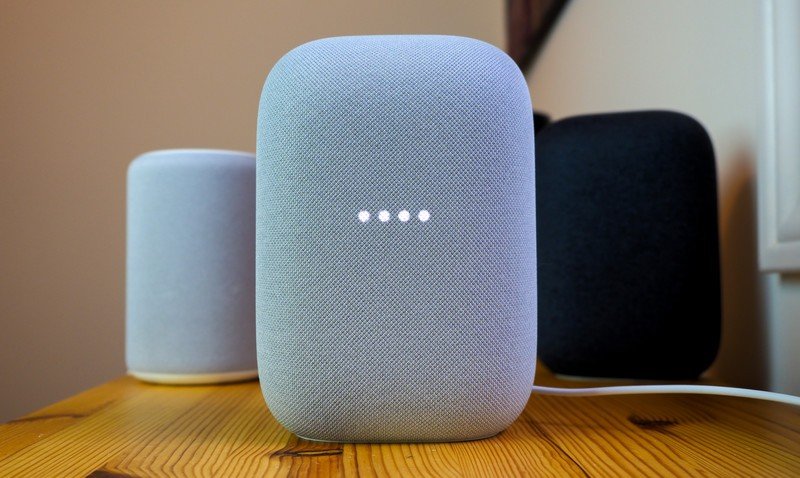
Read more here.
It was a rough start of the year for some Google Home and Nest users as their devices stopped responding to basic commands like "What's the weather like today."
The problems that impacted voice commands started as early as December 30, according to posts on Google's support forum. Even though the Nest Hub displays showed the correct weather and time, the voice assistant would hang up when this information was asked. The displays showed a loopy loading screen and couldn't respond to basic requests.
Google said on Friday that it had resolved the issues with the Nest and Home devices. "The team is still investigating the root cause but have resolved the issue, so all users should be up and running now," a Google spokesperson explained.
Android Authority reported that its issues were no longer affecting its units, and Android Central tested that its Google Home Hub and Nest Hub Max were both able to respond to requests.
More stories this week
Those are some of the biggest stories from this week. Meanwhile, here are some other stories that are worth catching up on:
- Here's another glimpse at what the Galaxy S25 probably looks like
- Samsung could show off Galaxy Ring 2 and AR Smart Glasses at Unpacked 2025
- This One UI 7 feature might make you want to only use Samsung devices
- OnePlus could be readying a Watch 3 and Watch 3 Pro with new health features
- Samsung might use an overclocked Snapdragon 8 Elite 'for Galaxy' in the Galaxy S25 series
- Google might finally let you sync Pixel notifications over cellular data
- Instead of getting a new Top Listener badge, a YouTube Music bug has you seeing double
- You can use Circle to Search on the Nothing Phone 2 and Phone 2a
- Samsung once again rumored to only make small changes to its foldables in 2025
- Google Pixel is the official smartphone of the Australian Open







